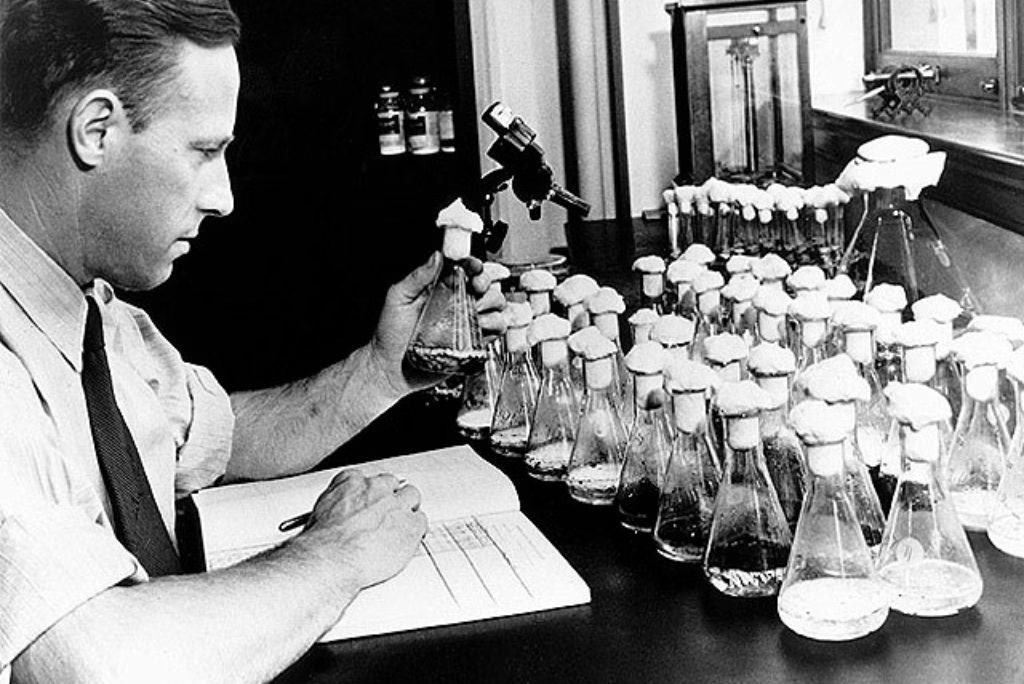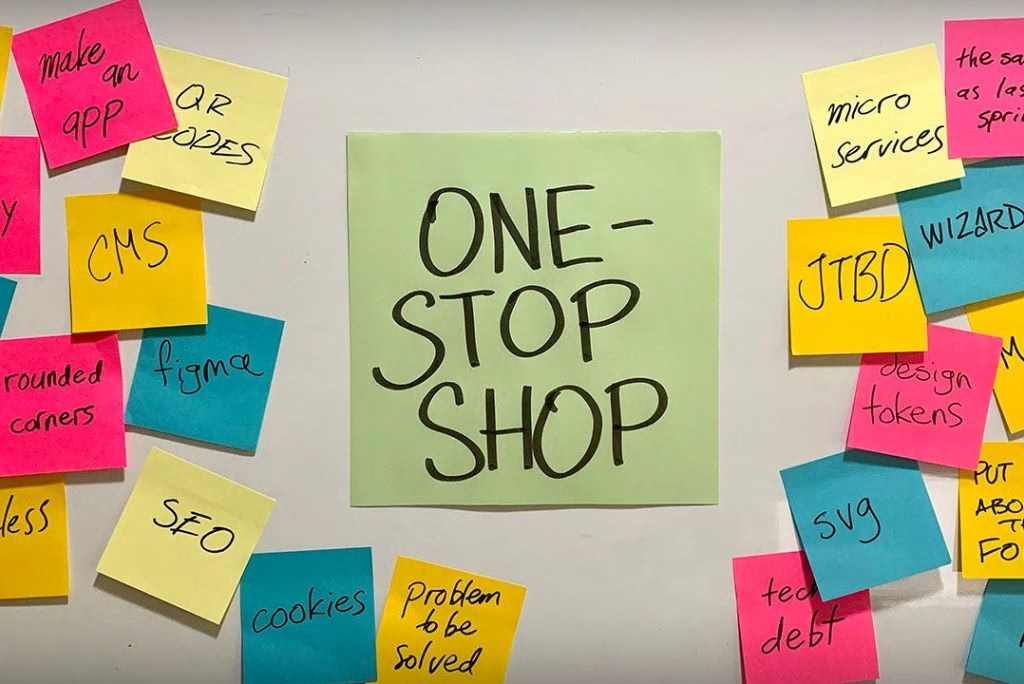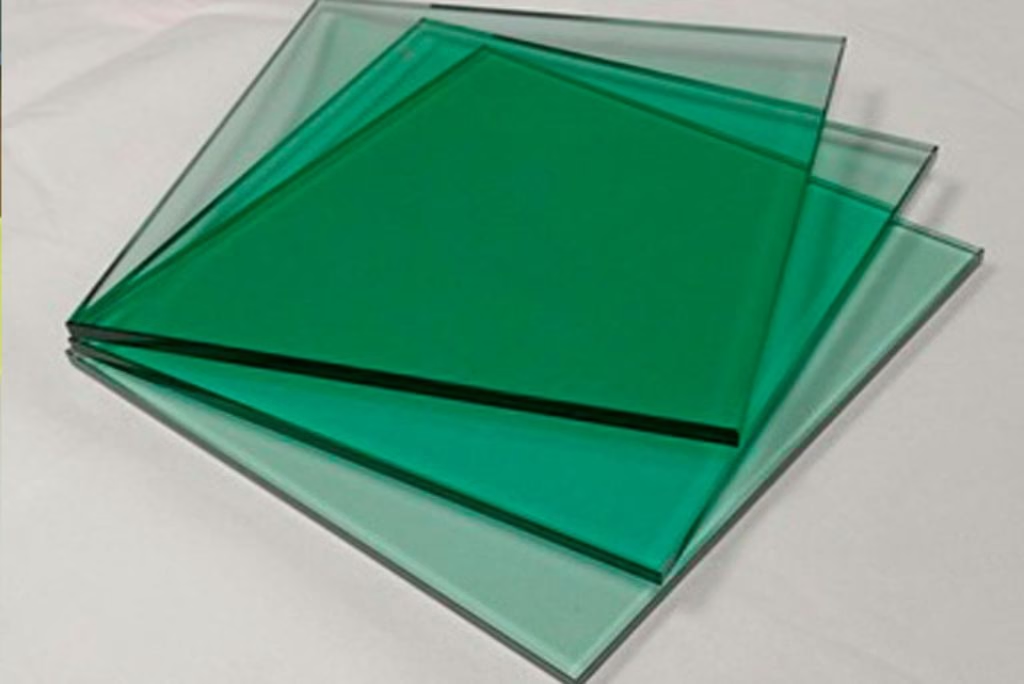
When we think about great inventions, we often imagine a genius carefully planning every step. But what if I told you that some of the world’s most famous inventions happened completely by accident? Yes, that’s right! Some of the things we use daily were discovered because of lucky mistakes, unexpected reactions, or even pure accidents.
In this blog, we’ll explore the top 10 inventions that were not part of any plan but still changed the world. Get ready for some surprising stories!
1. Penicillin – The First Antibiotic

Inventor: Alexander Fleming (1928)
Imagine leaving your laboratory messy and coming back to find the cure for deadly infections! That’s exactly what happened to Alexander Fleming.
Fleming returned from vacation and noticed that one of his petri dishes had developed a mold, and the bacteria around it had disappeared. This mold was later named Penicillin. Penicillin became the first antibiotic and has saved millions of lives.
Fun Fact: If not for that accidental discovery, we might still be losing lives to minor infections today.
2. Microwave Oven – Cooking by Radiation

Inventor: Percy Spencer (1945)
Percy Spencer, an engineer, was working with radar technology during World War II. While standing near a magnetron (a type of radar tube), he noticed the chocolate bar in his pocket had melted.
Curious, he experimented further and soon realized he could cook food quickly using microwave radiation.
Thus, the microwave oven was born, changing kitchens forever!
Fun Fact: The first food cooked intentionally in a microwave was popcorn!
3. Post-it Notes – A Sticky Situation

Inventor: Spencer Silver and Art Fry (1974)
Spencer Silver, a scientist at 3M, was trying to create a strong adhesive but accidentally created a weak, pressure-sensitive glue.
It didn’t seem very useful — until Art Fry, another 3M employee, realized it could be perfect for bookmarks that didn’t damage pages.
That’s how Post-it Notes came into existence — sticky, yet removable, and now found in almost every office and school!
4. Potato Chips – A Crispy Revenge

Inventor: George Crum (1853)
In 1853, at a restaurant in New York, a customer kept complaining that his fried potatoes were too thick and soggy.
Frustrated, chef George Crum sliced potatoes paper-thin, fried them until crisp, and added extra salt.
Surprisingly, the customer loved them, and potato chips were born — now a global snack favorite.
Fun Fact: Potato chips are a multi-billion-dollar industry today!
5. X-Rays – A New Look Inside

Inventor: Wilhelm Conrad Roentgen (1895)
While experimenting with cathode rays, Wilhelm Conrad Roentgen noticed a strange glow from a nearby chemical.
He realized that invisible rays could pass through solid objects and create images of bones inside the body.
Roentgen’s accidental discovery of X-rays revolutionized the field of medicine and earned him the very first Nobel Prize in Physics.
6. Safety Glass – A Fortunate Drop

Inventor: Édouard Bénédictus (1903)
French chemist Édouard Bénédictus accidentally dropped a glass flask coated with plastic cellulose nitrate.
Instead of shattering into sharp pieces, the glass cracked but stayed together.
This accident led to the invention of safety glass, which is now used in car windshields, skyscraper windows, and even mobile phone screens!
7. Velcro – Inspired by Nature

Inventor: George de Mestral (1941)
Swiss engineer George de Mestral took his dog for a walk and noticed burrs sticking to its fur.
Curious, he examined them under a microscope and saw tiny hooks that clung onto loops.
Inspired by this natural design, he invented Velcro, a hook-and-loop fastener we now use in clothing, shoes, and even space suits!
8. Popsicles – A Child’s Mistake

Inventor: Frank Epperson (1905)
At just 11 years old, Frank Epperson accidentally left a glass of soda powder and water outside overnight with a stick in it.
It froze due to the cold night, and when he pulled it out, he had created the first Popsicle!
Years later, Frank patented his idea, and today Popsicles are loved by children and adults worldwide.
9. Saccharin – The First Artificial Sweetener

Inventor: Constantin Fahlberg (1879)
Chemist Constantin Fahlberg was researching coal tar derivatives. One evening, he forgot to wash his hands before dinner and noticed his bread tasted unusually sweet.
He traced the sweetness back to the lab chemicals and later developed Saccharin, the first artificial sweetener.
Fun Fact: Saccharin paved the way for sugar substitutes used by millions today.
10. Teflon – The Non-Stick Wonder

Inventor: Roy Plunkett (1938)
Roy Plunkett, a chemist at DuPont, was trying to create a new refrigerant gas. Instead, he found a slippery, white powder that was extremely resistant to heat and chemicals.
This material became known as Teflon, and today it’s used in non-stick cookware, electronics, and even spacecraft!
What We Can Learn From These Happy Accidents
These incredible stories show us that even unexpected mistakes can lead to some of the biggest breakthroughs.
Whether it’s saving lives, making life easier, or simply adding a little more fun to our world, these inventions remind us to stay open to surprises. Innovation isn’t always about perfect planning — sometimes, it’s about paying attention to accidents and turning them into opportunities.
At Blogimine, we bring you interesting, easy-to-read, and informative content that sparks curiosity and learning. Stay connected with us for more amazing stories, facts, and ideas that inspire and educate readers worldwide.








